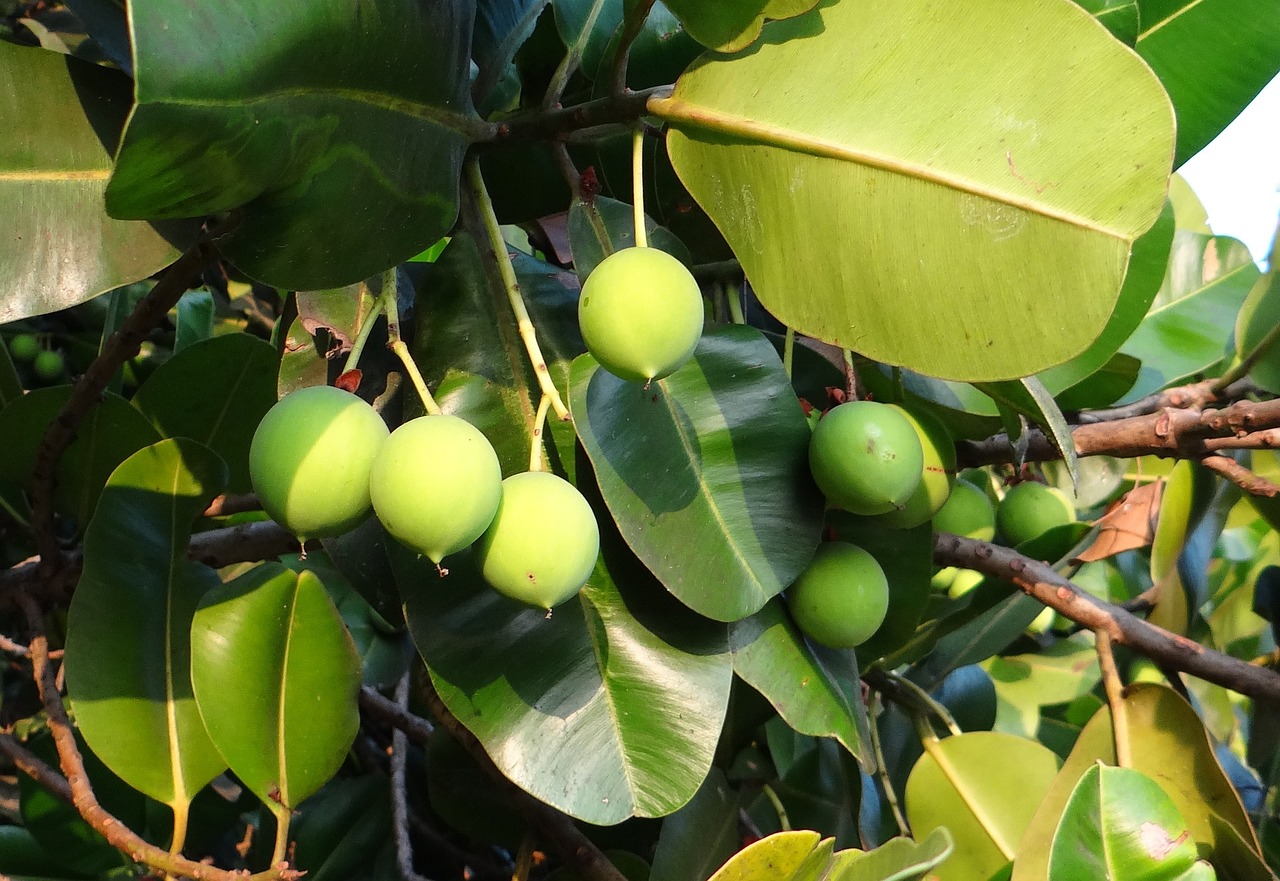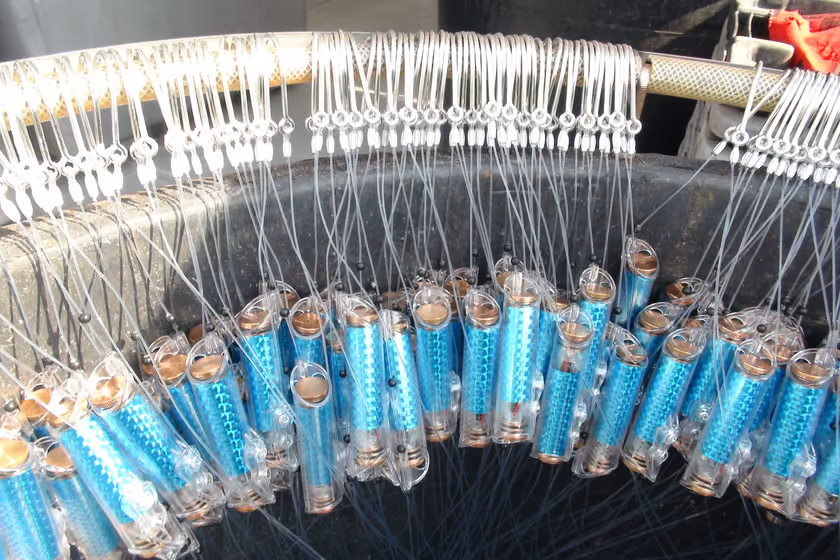Indigenous Australians have long known the healing properties of native plants, and now researchers have confirmed it.
A study by researchers at Charles Darwin University in Australia’s Northern Territory has discovered that two specific plants have the potential to heal wounds rapidly and effectively.
This finding opens the door for incorporating more plant-based treatments into healthcare
By utilizing the seed oil of Calophyllum inophyllum and the leaves of Tinospora smilacina, both native Australian plants, researchers created a compound that effectively promotes wound healing.
In northern Australia, C. inophyllum (CSO), also called beauty leaf, is a resilient tree that withstands cyclones and attracts birds. Its fruit, known as ballnut, yields oil when extracted. Indigenous peoples traditionally ground the fruit’s kernel and mixed it with water for pain relief.
T. smilacina, or snake vine, is native to central Australia. Indigenous communities crushed sections of the vine to alleviate headaches, rheumatoid arthritis, and inflammation. The vine’s sap and leaves were occasionally used for treating wounds.
Researchers discovered that combining T. smilacina and CSO enhanced antioxidant and wound-healing properties compared to using CSO or T. smilacina individually. The combination resulted in wound closure of around 90% within 24 hours, achieving complete closure within 48 hours. In contrast, untreated cells achieved only 70% closure after 48 hours.
The findings of the study create a pathway for the adoption of sustainable and environmentally friendly treatment solutions.







